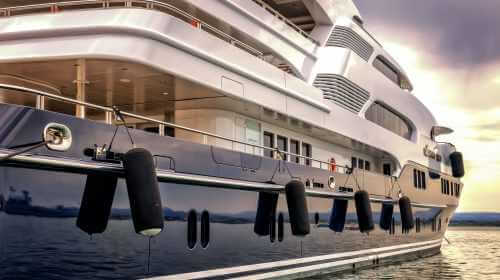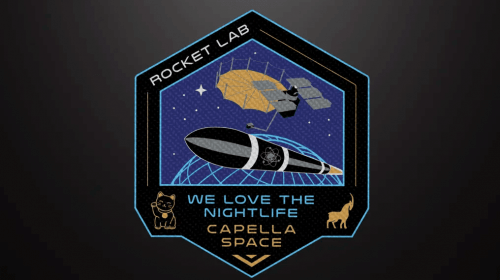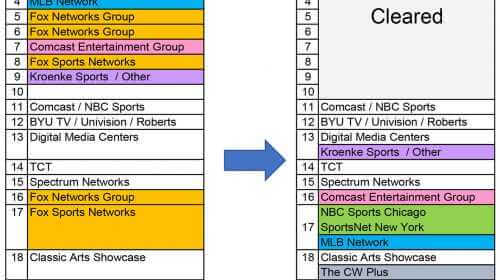OneWeb is Expanding Satellite Coverage to Target the Maritime Market
Jun 13, 2023
OneWeb has extended its low Earth orbit (LEO) broadband network to cover a larger area in the northern hemisphere and is now offering a trial for maritime customers. The network provides service coverage down to 35 degrees latitude North, including Europe and parts of the US, and it covers the southern hemisphere from Antarctica up to 35 degrees latitude South.
While OneWeb’s current fleet of 634 satellites in low Earth orbit is already sufficient to offer worldwide services, the company must deploy SNPs (Satellite Network Portals), to land the traffic and hand it off to a POP for connectivity to the internet, customer Clouds or content distribution clouds. These SNPs and POP connections are being built out as we speak to complete global coverage. The SNP ground stations are slated to be operational by the end of 2023, paving the way for seamless connectivity across the entire planet.
 Peregrine u8. Credit: Kymeta
Peregrine u8. Credit: Kymeta
The new maritime coverage will be particularly beneficial for commercial shipping companies, which rely heavily on accurate navigation systems and real-time communication with their crews on board. With reliable internet access, shipping companies can better manage their fleets, track weather patterns, and communicate with other vessels in the area.
While OneWeb faces competition from other satellite providers such as SpaceX and Amazon’s Kuiper, the company believes its focus on providing low-latency, high-speed internet access will set it apart in the market. OneWeb’s network is designed to offer speeds of up to 375 megabits per second (Mbps), which is faster than many traditional internet providers.
OneWeb’s move into the maritime market is part of the company’s broader strategy to provide global internet access, particularly in areas where traditional infrastructure is lacking or nonexistent. In addition to maritime, OneWeb is also targeting aviation, government, and enterprise markets with its satellite network.
OneWeb’s LEO satellite system, which consists of a constellation of satellites in orbit around the Earth, offers several advantages over traditional geostationary orbit (GEO) systems. LEO satellites are closer to the Earth’s surface than GEO satellites, which means that latency, or delay in data transmission, is significantly reduced. This makes LEO systems well-suited for real-time applications such as video conferencing, streaming, and online gaming.
Additionally, LEO system provides greater coverage and redundancy compared to GEO systems. With more satellites in orbit, the system can provide continuous coverage, even in areas where there are significant obstructions, such as mountains or tall buildings. This is particularly important for the maritime industry, where ships can be out of range of traditional satellite systems for extended periods.
Overall, OneWeb’s expansion into the maritime market demonstrates the increasing importance of reliable and fast internet access in various industries, including shipping, fishing, exploration, and the cruise ship industry. By providing low-latency, high-speed internet access through its satellite network, OneWeb aims to transform communication and navigation across the globe.
BusinessCom Networks is happy to announce our new BusinessCom OneWeb Maritime services, designed to support our suite of value-add options such as customized QoS (quality of service), SecureLink protection for circuits, MSO or Multi-Service Optimization, a policy-driven service that ensures that bandwidth is optimized for the client’s most important traffic, a full-featured portal to manage client’s services and much more. Please contact us with any questions, such as the estimated roll-out of services in your region.





